At the beginning of October, the book Animals in the Age of Humans by Lenka Vrtišková Nejezchlebová was introduced at Kampus Hybernská. The book is a collection of interviews about animals that the author conducted with twenty different scientists for Deník N. Among the interviewed experts we can find the names of eight scientists from the Faculty of Science, Charles University. The interviews are now being published in book, accompanied by beautiful illustrations by Martina Fischmeister.
The foreword was written by Professor David Storch, who expressed his enthusiasm for the book: 'I thought I would just read some passages and then write the foreword. But in the end I actually read the book in one go."
The book was introduced by a debate with the author, the interviewed scientists and the book's aptly named editor, Filip Zajíček. Together with Lenka Vrtišková Nejezchlebová, he asked the individual scientists about various topics - how they came to their scientific focus, what lessons we can take away from the species they study, or what was the biggest surprise that awaited them in their research. Visitors of the book launch thus learned the latest news and juicier details about the life of the strange kākāpō parrots, that seals are cute and cuddly, while sea lions are better avoided, that carp can chew through dishcloth and rats can chew through socialist concrete. But the debate kept coming back and subtly turning to ticks, the biggest stars of the evening.
However, more serious topics were also discussed, such as the possibilities of using diatoms in both science and industry, how the latest molecular methods aid fish research, or what can tick saliva do and why it is good to study it. From the book launch at Kampus Hybernská and from the book itself, it is crystal clear that Lenka Vrtišková Nejezchlebová delves quite deeply into the world of animals and their current knowledge in the form of short, entertaining interviews. The texts reflect her years spent writing about science as well as her enthusiasm for animals. One cannot but agree with Professor Storch's words in the preface to the book: 'The result is quite astonishing. What emerges is a plastic picture of the nature around us, with all sorts of problems, intricacies and oddities."








































